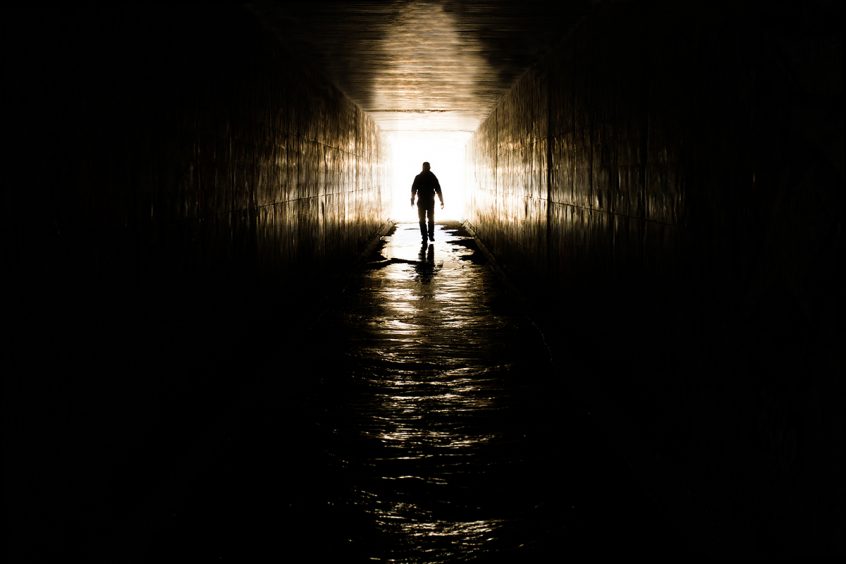There is a saying that circulates in spiritual care circles: “You are the medicine.” The adage resonates deeply with hospital chaplains who, unlike doctors and nurses, do not enter patient rooms with medicine in hand. Instead, our implements are the ones with which most everyone is born: an ear to hear, a mouth to speak, and a heart to love. With these tools of the trade, we cannot cure heart disease, but we can help cure diseases of the heart; we cannot heal insulin resistance, but we can heal patients who insolently resist life-saving care.
Having come from an academic background, it took me a while to appreciate the therapeutic power of this clinical work. Indeed,
when I started work as a chaplain nearly a decade ago, I did not feel like the medicine.
My days were spent with hospice patients dying sorrowful and inevitable deaths, and I felt about as useful to them as an accordion in a gunfight. Over time, though, I began to see the emotional and spiritual impact of accompanying someone at the end of life, holding space for regret, and conducting ritual in dark times. Sometimes, the patient would grow physically stronger, sometimes not, but spiritual healing had almost always occurred. In those moments, I could feel the medicine being administered through me from a source as familiar as it is mysterious. Spiritual care providers know this feeling well. They also know the feeling of not giving the right medicine. That was how I felt when I met M.
M. had breast cancer, and all the trappings that come with it. She had lost body parts, her hair, and control of her daily life, which was now dominated by a never-ending cycle of appointments, treatments and respite. Having worked on an oncology wing at a trauma hospital, I was used to engaging with patients undergoing such treatment, but M.’s journey felt different. Her cancer went into remission, but her depression did not. She grew more inward and taciturn during our time together, and it became clear that I was not supporting the true cause of her pain. I once again felt as useful as an accordion in a gunfight.
Then, one day, it happened. While expressing gratitude for her recovery, as well as excitement that her hair was growing back, M. remarked,
“Everything is different now. I don’t even recognize myself in the mirror.”
“How so?” I asked.
“I don’t look anything like I did before treatment. I used to have straight blonde hair, breasts, and a narrow contour to my face. Now, look at me! I am a brunette with cancer curls, no breasts, and a round face. I don’t look 1% like I used to.”
It was clear to me now.
M. had been experiencing not just the intrapsychic loss of hopes and plans for the future, but she was also, and more importantly, experiencing a dramatic loss of identity.
“Do you feel like your old self?” I asked.
“No,” she answered quickly.
I paused. “It seems as if cancer treatment has changed you on both the inside and the outside.”
She nodded.
We moved on from that moment together, exploring how life can be a messy but beautiful one-way road, and how M. now had the opportunity to re-invent herself. That prospect felt liberating to her.
That day, I learned that of all the things one might lose – from body parts to hair to control – losing one’s sense of self is likely the hardest. I also learned, after being slow to identify M.’s source of pain, that
it’s hard to embody spiritual medicine without first diagnosing the spiritual illness.
This point is not new. In fact, it resembles observations made by Anton Boisen, a founder in the field of hospital chaplaincy. In the introduction to his 1936 work The Exploration of the Inner World, Boisen reflects, “I feel that many forms of insanity are religious rather than medical problems and that they cannot be successfully treated until they are so recognized.” Whether or not one concurs with Boisen that insanity can be rooted in religious matters, it can be agreed that treatments should correlate to diagnoses. This holds true for doctors and spiritual care providers alike. Unlike doctors, though, spiritual care providers source their medicine from within, drawing upon a toolkit altogether different from other members of the care team.
In this way, chaplains are not psychologists who pray. Chaplains have a distinct tradition of theory and frameworks all their own, which can be readily employed when engaging with people in pain. This tradition reminds the chaplain that you can embody everything a patient needs even when you feel like you have nothing to offer. This tradition suggests that if you feel as useful as an accordion at a gunfight, you just might be in the right place. This tradition contends that you are the medicine.

